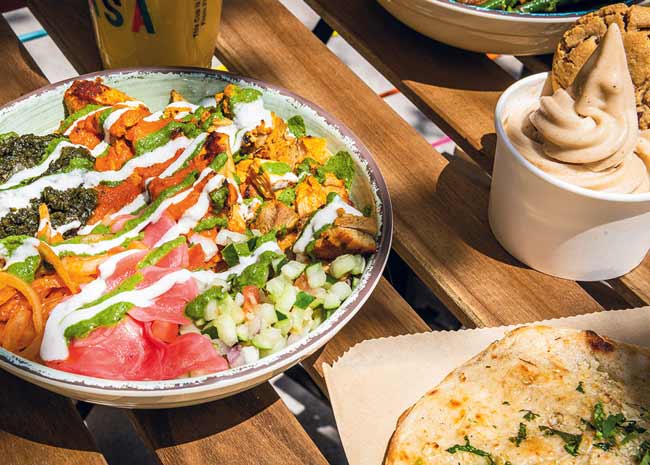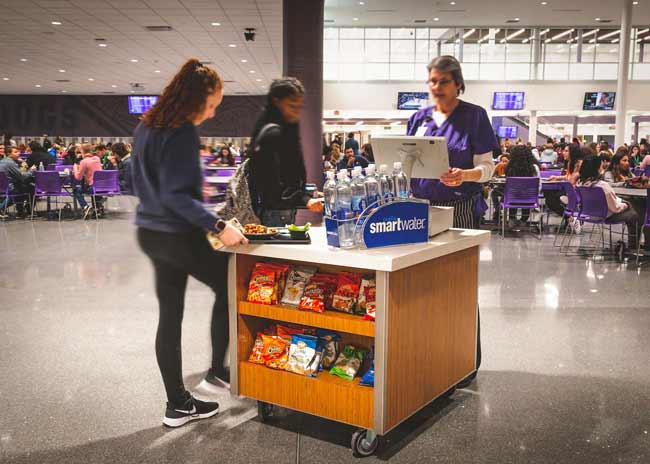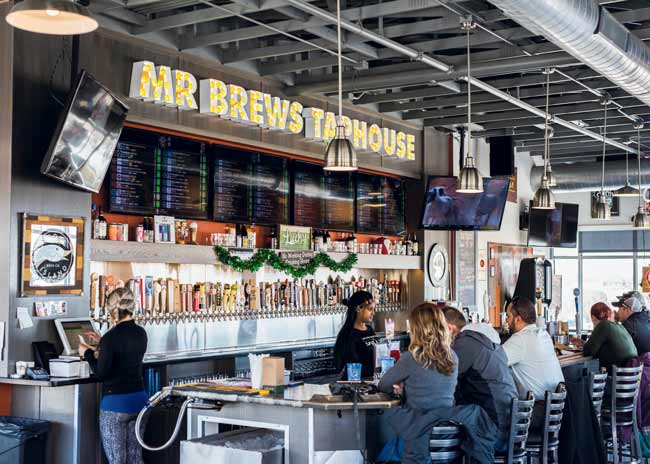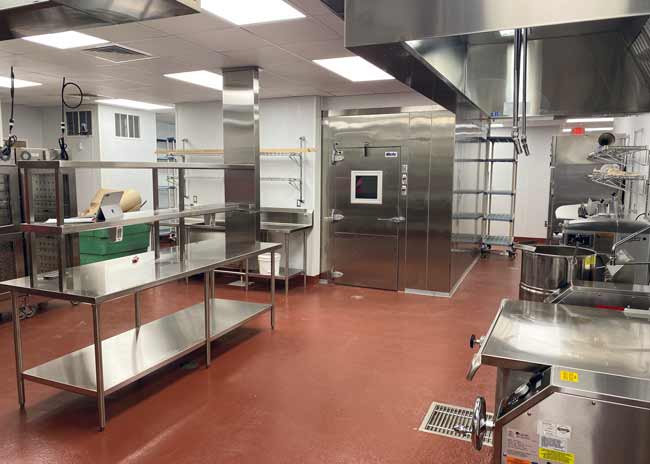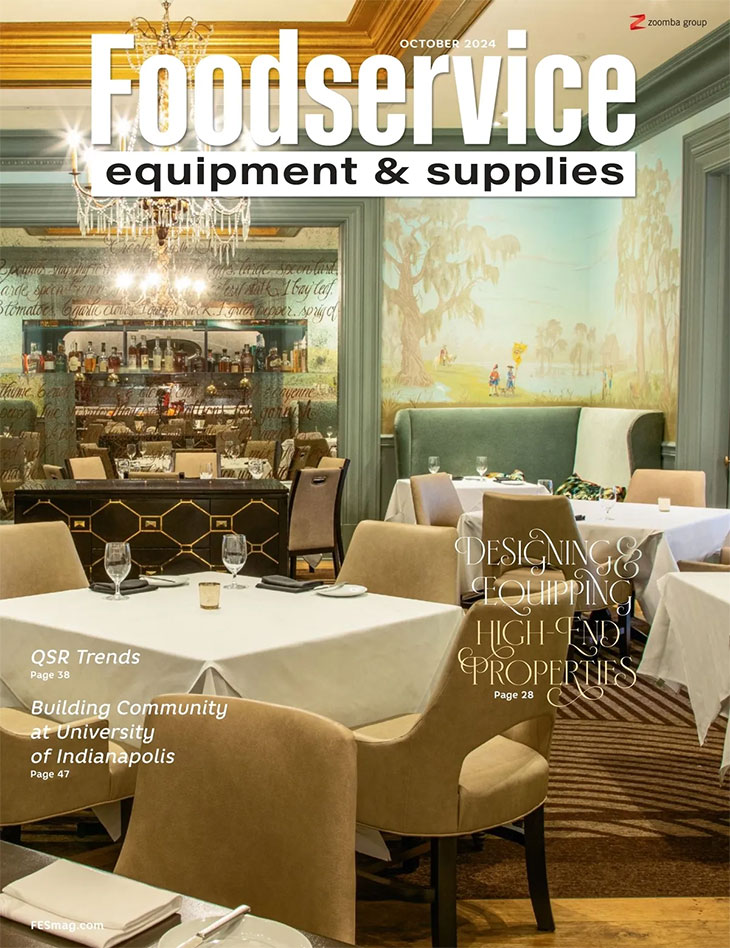The first two documented Indian restaurants in the United States were established more than a century ago in New York City.
Jonathan Nikiel, project leader at Reitano Design Group, admits that on the surface, school foodservice might not be as glamorous as other projects that often come with higher profiles and bigger budgets.
Restaurants are increasingly incorporating menu items, experiences and more that unify under the premise of local community.
Menu and proximity are big factors in fry station design.
With the National Restaurant Show almost upon us, we expect to see a plethora of new technologies and innovations. One thing we know we’ll see is an influx of electric equipment.
“Do more with less” is becoming a common mantra for operators in this segment, as is leveraging technology wherever possible.
Today, casino restaurants are more of a draw rather than the afterthought they may have once been. The cheap, old-school buffets of the past have given way to higher end, full-service, chef-inspired restaurants that are more of a destination.
For various reasons, many operators continue to turn more toward electric cooking equipment. Here’s what they should consider when purchasing these items.
Though commonly referred to as cold prep stations, these areas can serve multiple functions.
The National Restaurant Association’s 2023 “What’s Hot Culinary Forecast” predicts globally inspired salads will be a top trend this year.
Category grows number of units and brands
Just like the pandemic pushed enhanced point-of-sale, online ordering, equipment monitoring and other operational technology to the forefront of the restaurant and foodservice industry, so has it pushed 3D technology to the forefront of the foodservice design community, chiefly in the form of virtual reality.
The National Restaurant Association identified “swicy” foods, a combination of sweet and spicy flavors, as one of its top culinary trends for 2023.
When it comes to foodservice equipment care and maintenance, operators tend to focus on the bigger pieces like ovens and refrigerators. This is understandable, given their cost and how important they are to the work in a kitchen.
Diners may order takeout and delivery more often these days, but they continue to make it clear that in-restaurant dining remains an important and valued experience in the so-called new normal.

